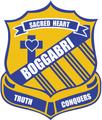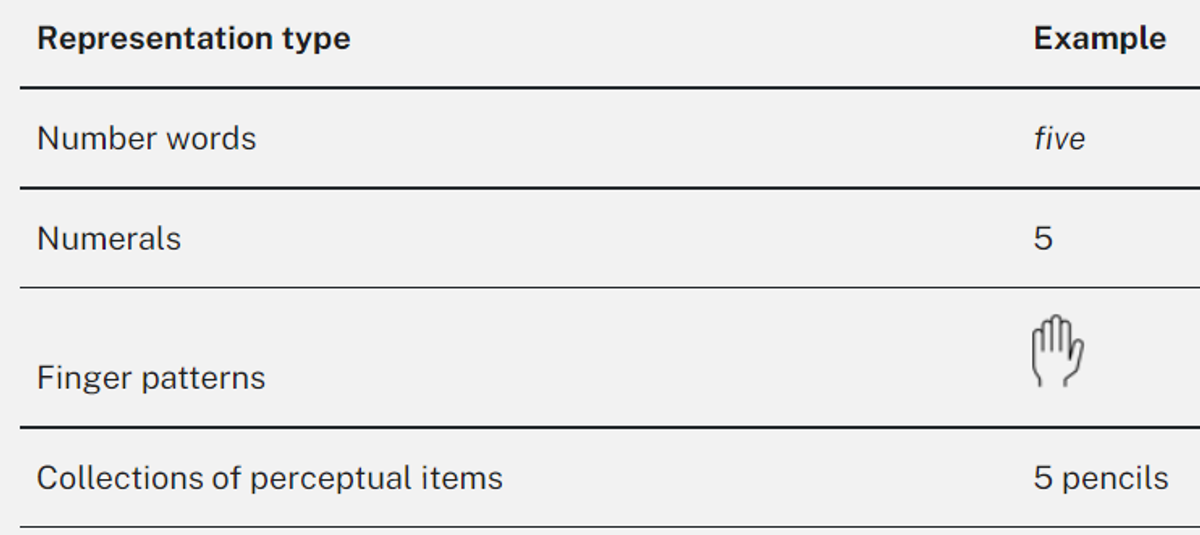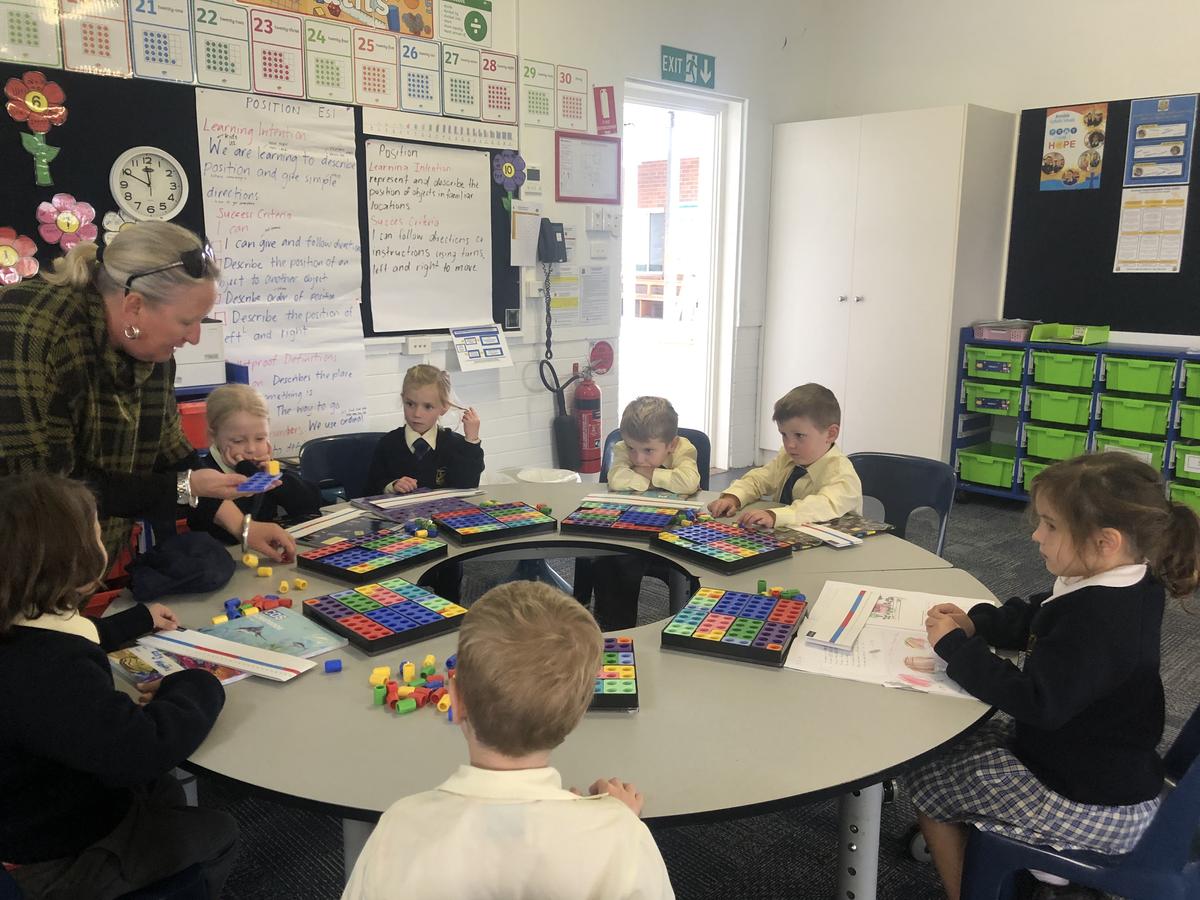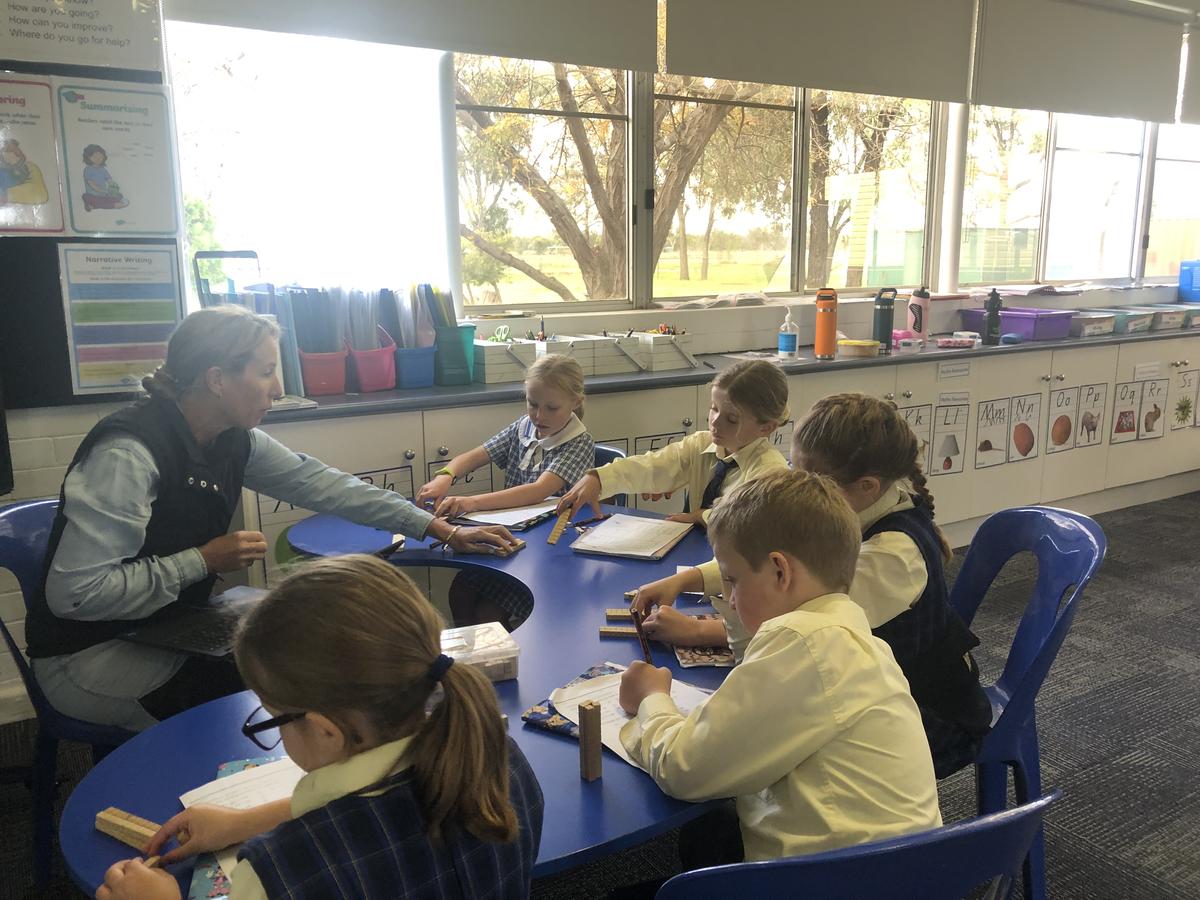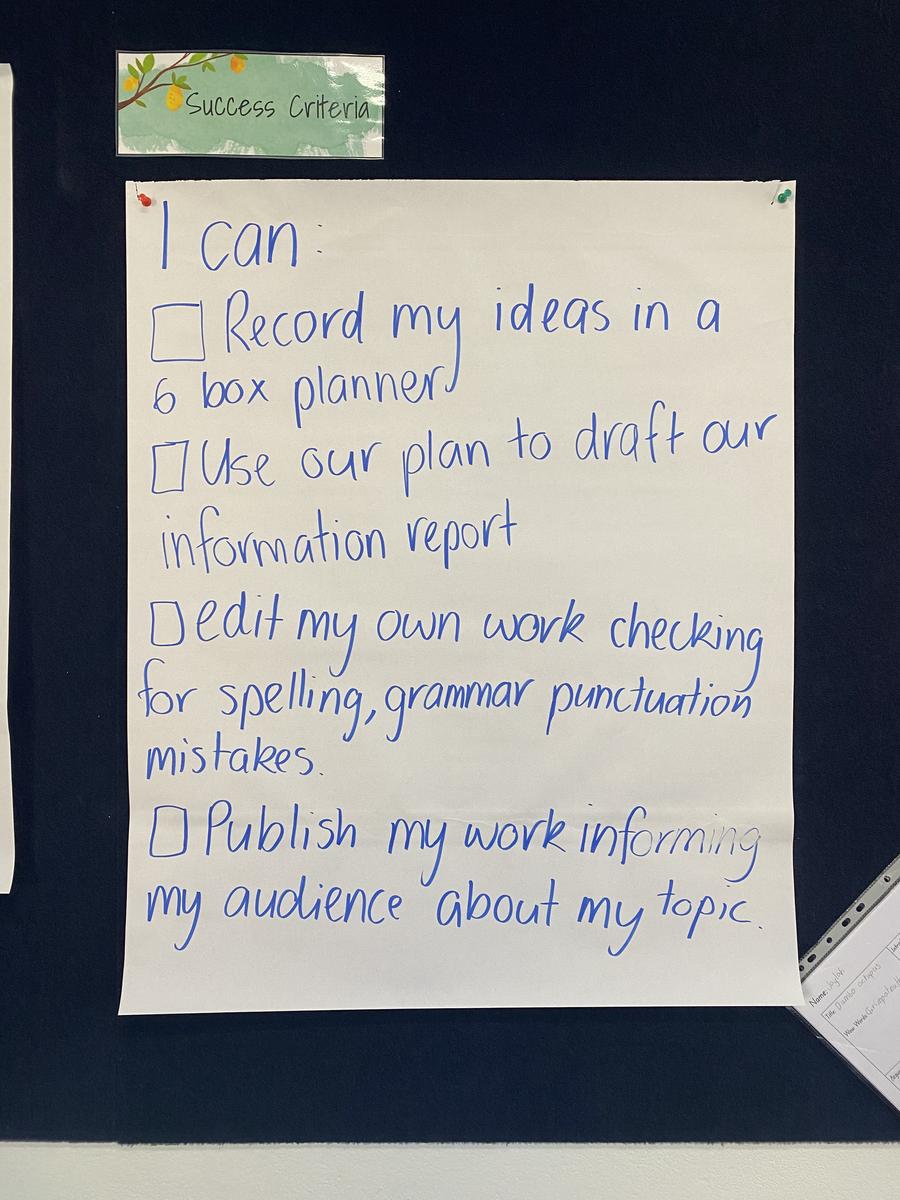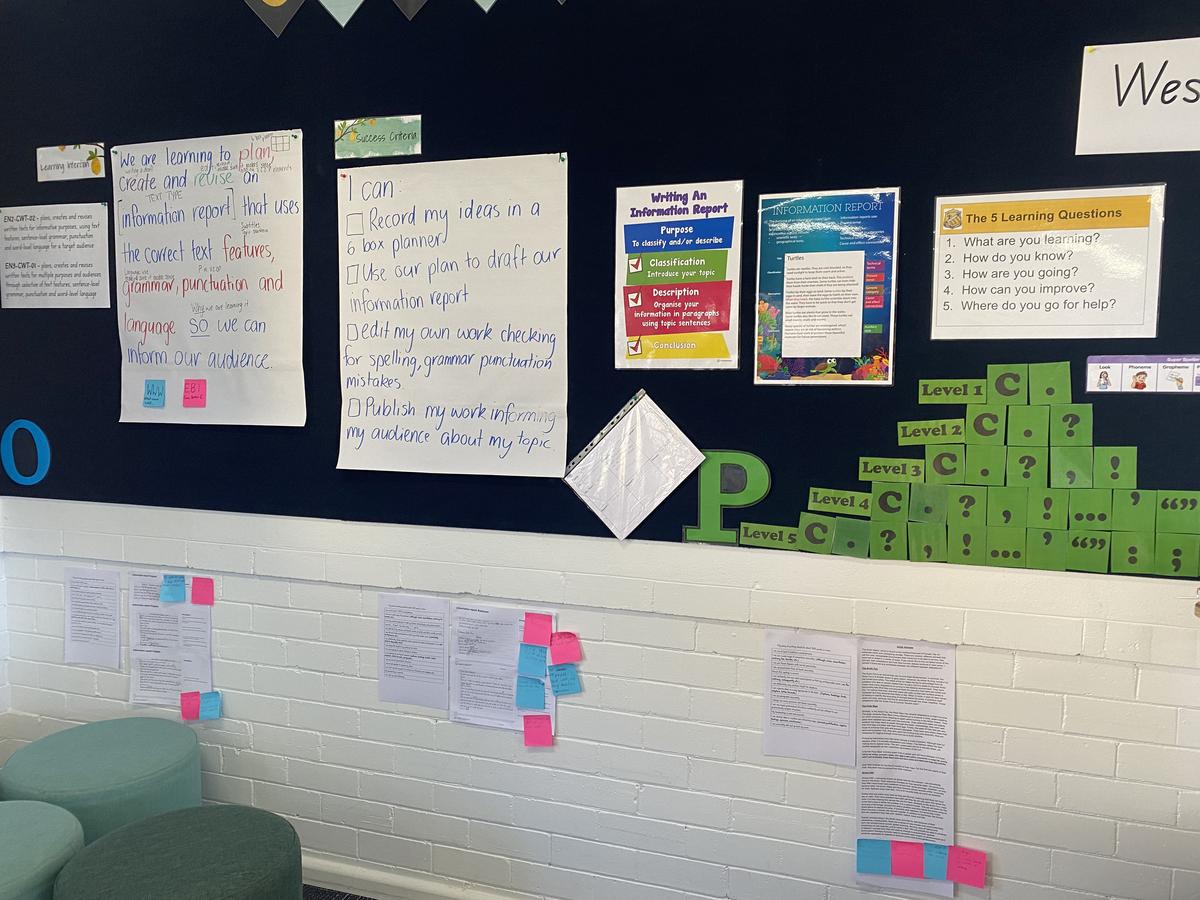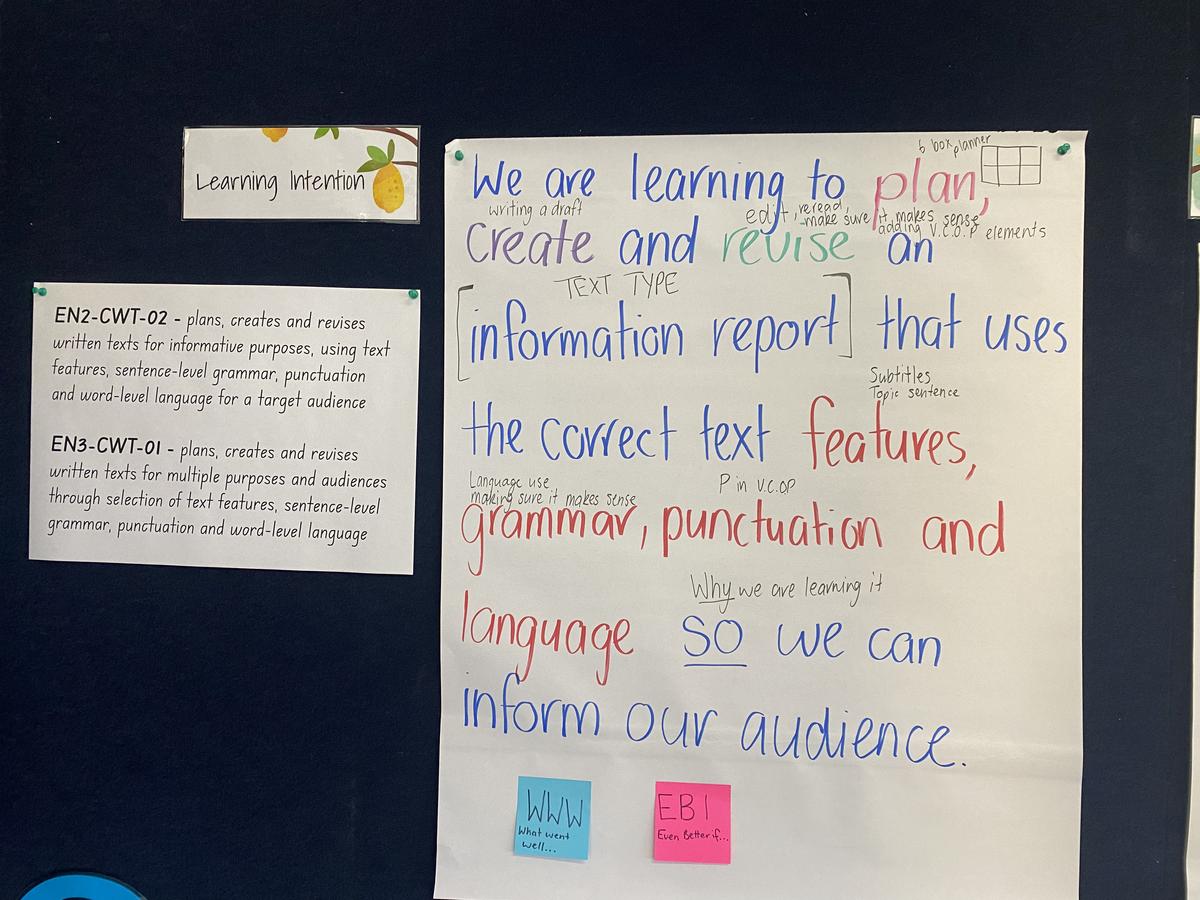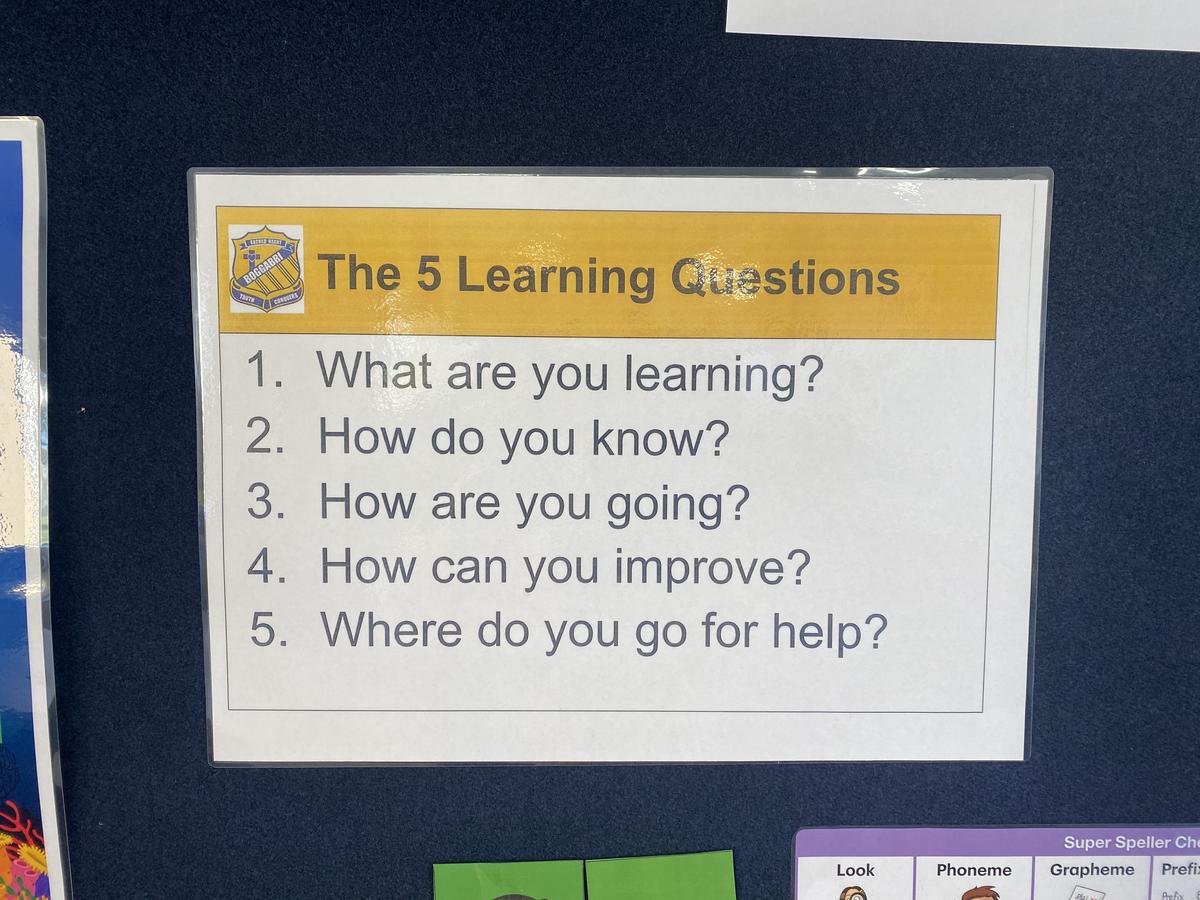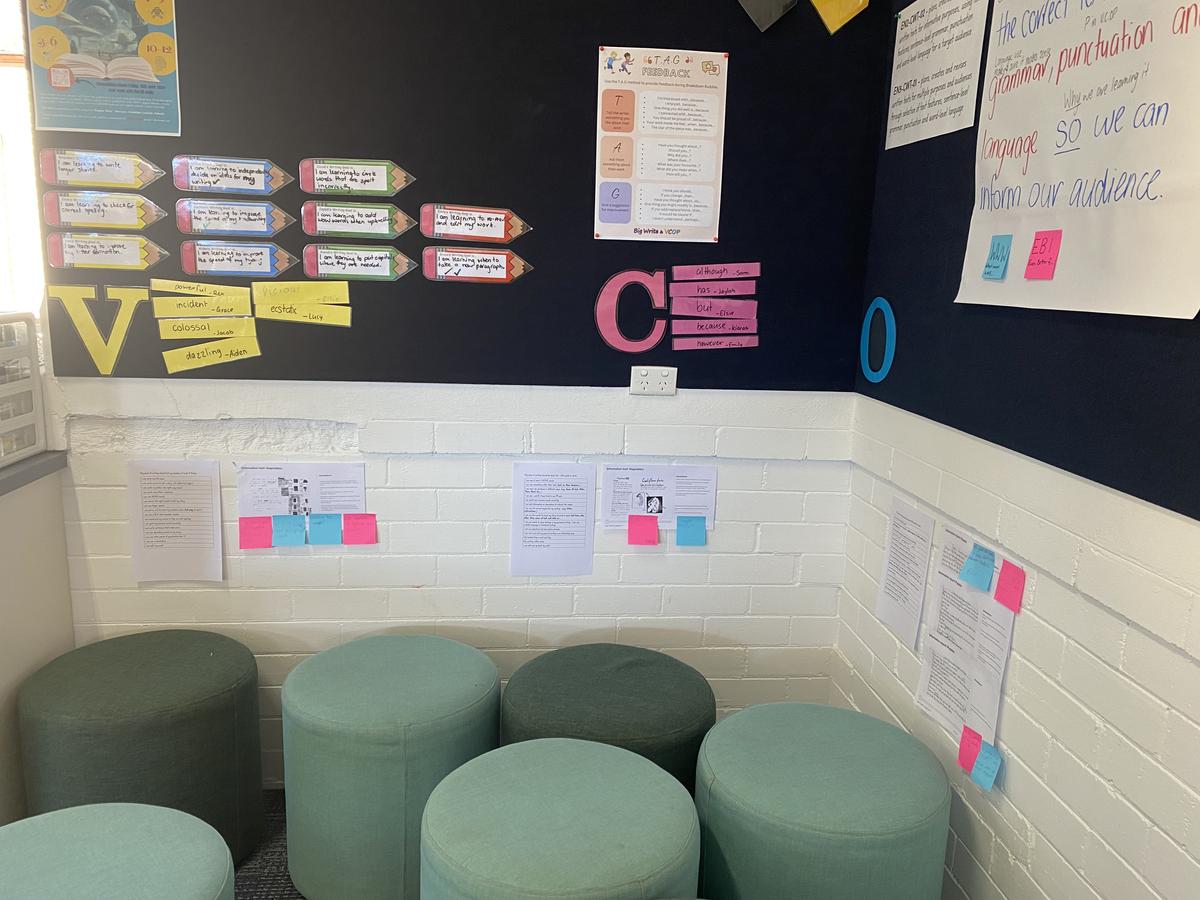Spotlight on the Classroom
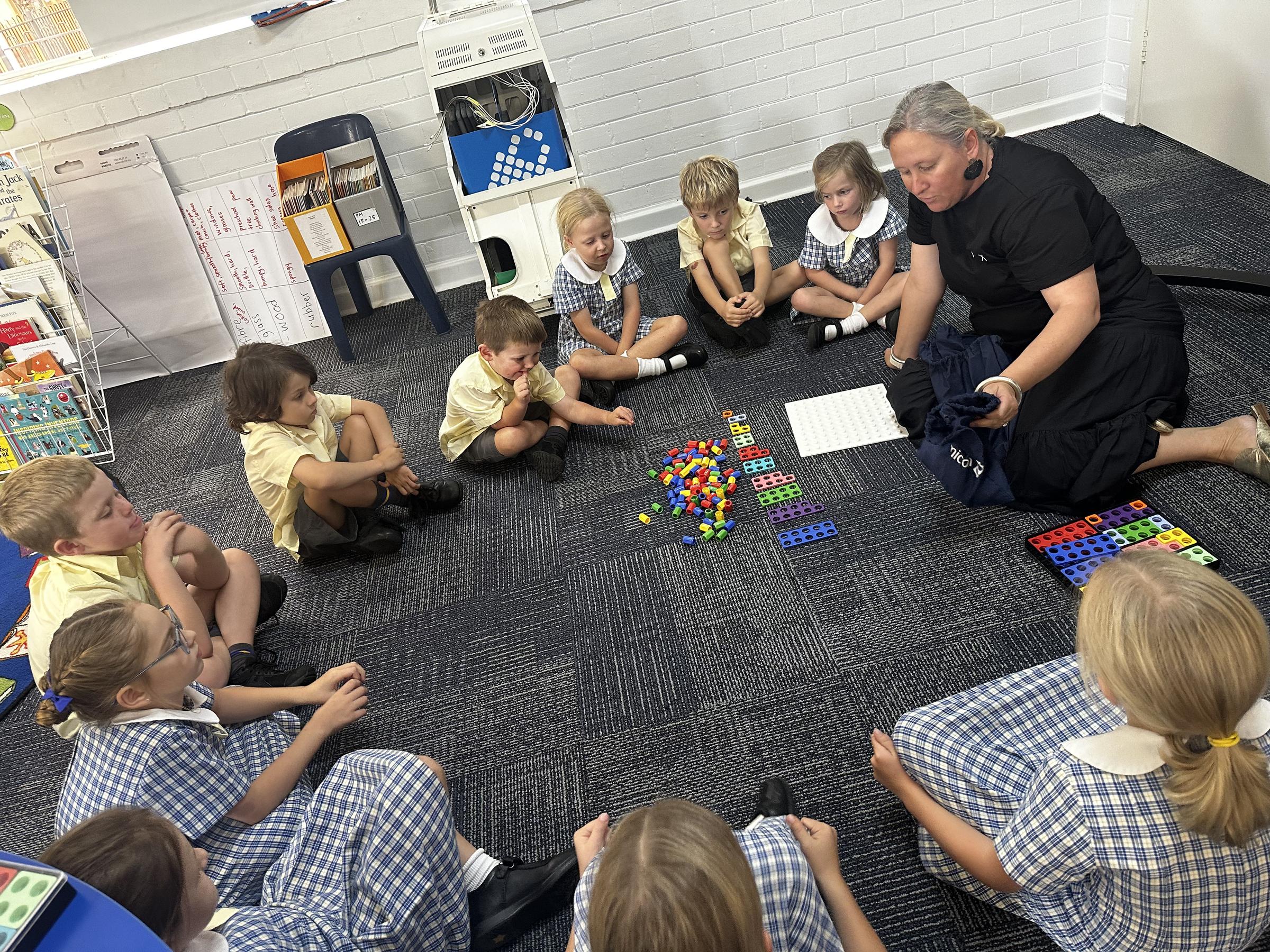
SPOTLIGHT ON K-2
Kindergarten, Year 1 and Year 2 have been learning about Representing Whole Numbers. This is very important in Kindergarten as representing numbers in various ways is essential for developing number sense.
Students can represent numbers using:
Counting
Counting is an important component of number knowledge and the early learning of operations. In Early Stage 1, typical development would be for students to be able to count to 30 and elaborate on the count by stating the next number without restarting the count.
Tips for parents:
Go on a number hunt together and discover places where numbers are used, such as:
- a clock
- television
- computer keyboard
- calendar
- telephones
- car licence plates
Counting the beats to your child’s favourite song and getting them to clap their hands or stamp their feet to the beat is a fun way to teach your child to count.
Counting with your child at home
- Count the number of buttons with your child as you do up a cardigan or shirt.
- Encourage your child to count the number of pegs used to hang out the washing.
- Count the number of steps from the front door to the letterbox.
- Count the number of eggs in a carton and again after some have been removed.
- Count the number of times you and your child can throw a ball to each other without dropping it.
- Read and talk about stories and rhymes that use numbers.
- Sing songs and nursery rhymes, including numbers such as Five Little Ducks and Baa Baa Black Sheep.
- Have your child count as far as they are able to go, and then encourage them to join you while you continue counting
We have enjoyed looking at the breakup of numbers and place value with numbers 1-30 using our Numicon. Eg 17 is 1 ten and 7 ones. We were using our Numicon packs today to demonstrate our understanding.
Year One and Two
In Years One and Two, addition and subtraction typically progress from counting, combining, and separating perceptual objects to using numbers as replacements for completed counts.
In Stage 1, students develop a range of strategies using recall of number bonds to make 10 and solve addition and subtraction problems.
Combining and separating quantities tips for home:
Using addition and subtraction to solve problems.
You can help your Year 1 and Year 2 child at home by:
- Practising quick recall of double numbers to 10. Use double domino tiles to extend thinking to doubling numbers to 20
- Have your child count as far as they are able to go, and then encourage them to join you while you continue counting
- Finding and discussing numbers in everyday life that are not meant to be used with place value, such as phone numbers, pin numbers, bus numbers and postcodes
- Using number bonds, or ‘friends of 10’, to assist with simple addition and subtraction problems. For example, 4 + 6 = 10, 6 + 4 = 10, 10 - 4 = 6, 10 - 6 = 4
- Building number bond knowledge to understand ‘friends of 20’. These number pairs are 11 and 9, 12 and 8, 13 and 7, 14 and 6, 15 and 5.
Today, Stage One children used the MAB blocks to show their understanding of number combinations.
SPOTLIGHT ON Yr 3-6
On the first two days of this term, all of our staff were fortunate enough to attend some professional learning by Dr Lyn Sharratt. Lyn is a highly accomplished practitioner, researcher, author, and presenter from Canada who has worked alongside our diocese for the past eight years.
In the 3-6 classroom, Miss Langfield has been putting some of what she learned into practice during Writing lessons. The class has been deconstructing what Learning Intentions are and creating Success Criteria that achieve the Learning Intention. Miss Langfield has also been explaining where the learning intentions come from. Most importantly, the primary students have been learning how to answer the 5 learning questions.
They are:
| 5 Learning Questions | How could I answer this question? |
|---|---|
| 1. What are you learning? Why? | What is the learning intention, and why are you learning it? |
| 2. How are you doing? | Which of the success criteria can you tick off? What comes next? |
| 3. How do you know? | Do you know how to be successful? Are there steps to follow? Checking in with the Success Criteria. |
| How can you improve? | Have you missed a success criteria? Where does your work fit against the Bump-it-up wall? Is it a WAGOLL (What A Good One Looks Like)? |
| Where do you go for help? | These are generally, the third teacher (learning wall), a friend, or a helpful adult in the classroom. |
We have had a great time putting together our learning wall and taking turns answering the learning questions as we prepare for recess. All of our hard work will be put together for a showcase in this week's Big Write!
Parents/ Carers, if you want to continue the conversation at home about what your child is learning, Lynn Sharratt has another set of learning questions for parents. These questions are:
- What did you learn today (in writing/maths/religion etc)?
- How did you do? Do you feel like you achieved the success criteria?
- What did you do if you didn't understand?
- How can you improve your learning?
- What are you most proud of? This could be something they did in the playground and the classroom.
